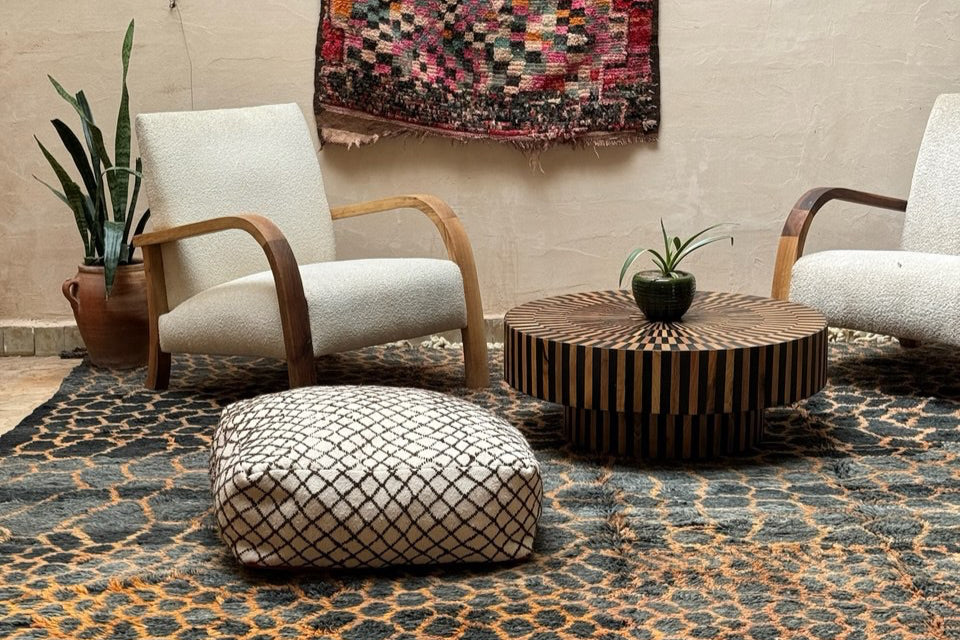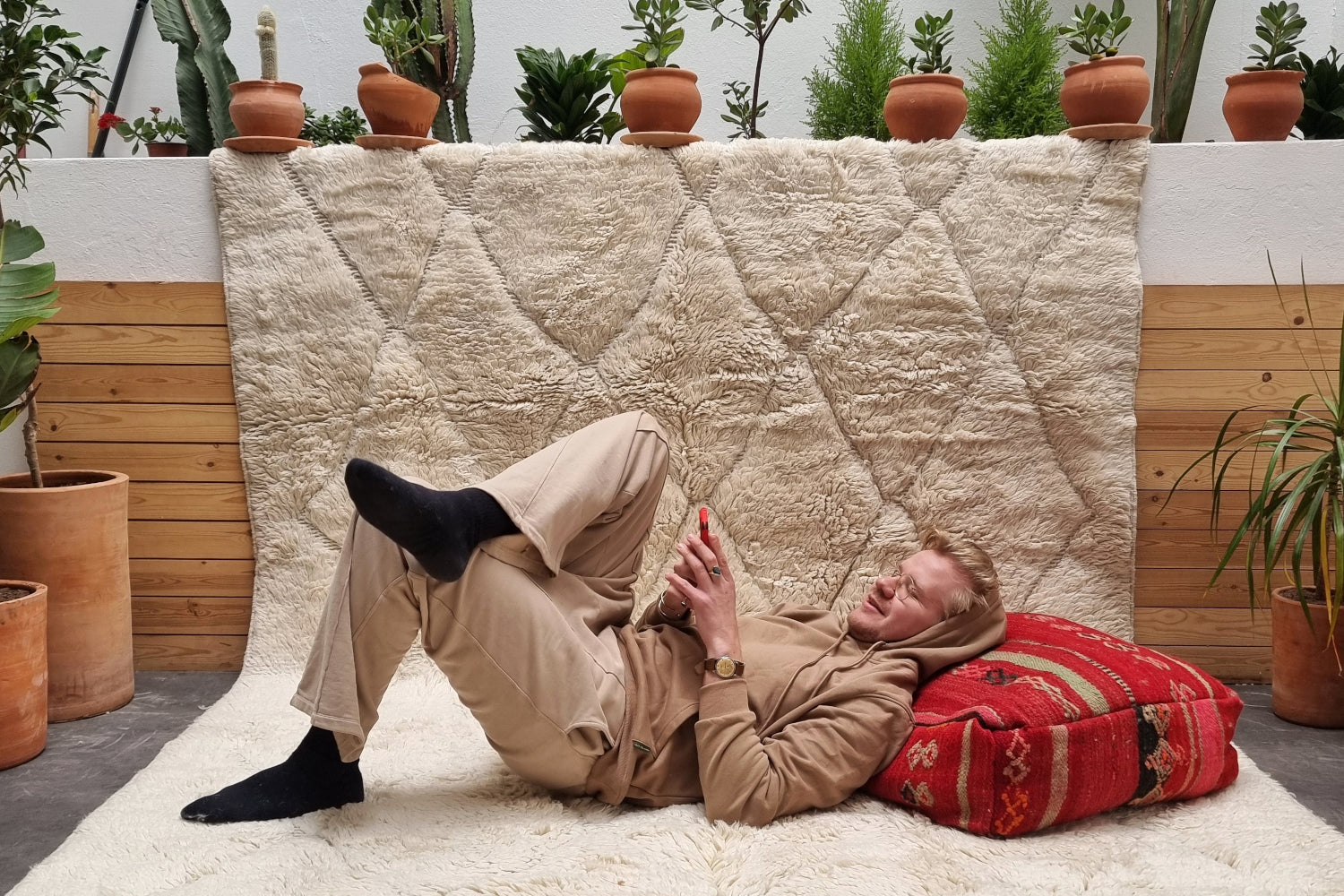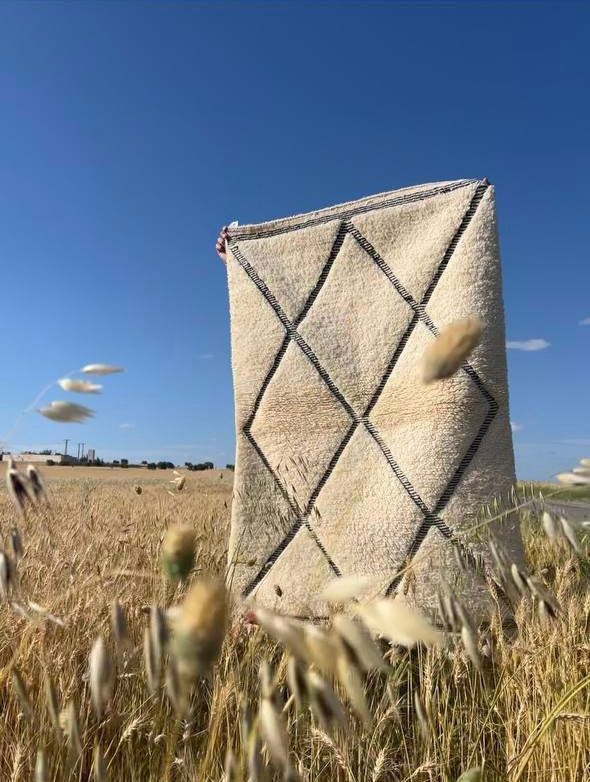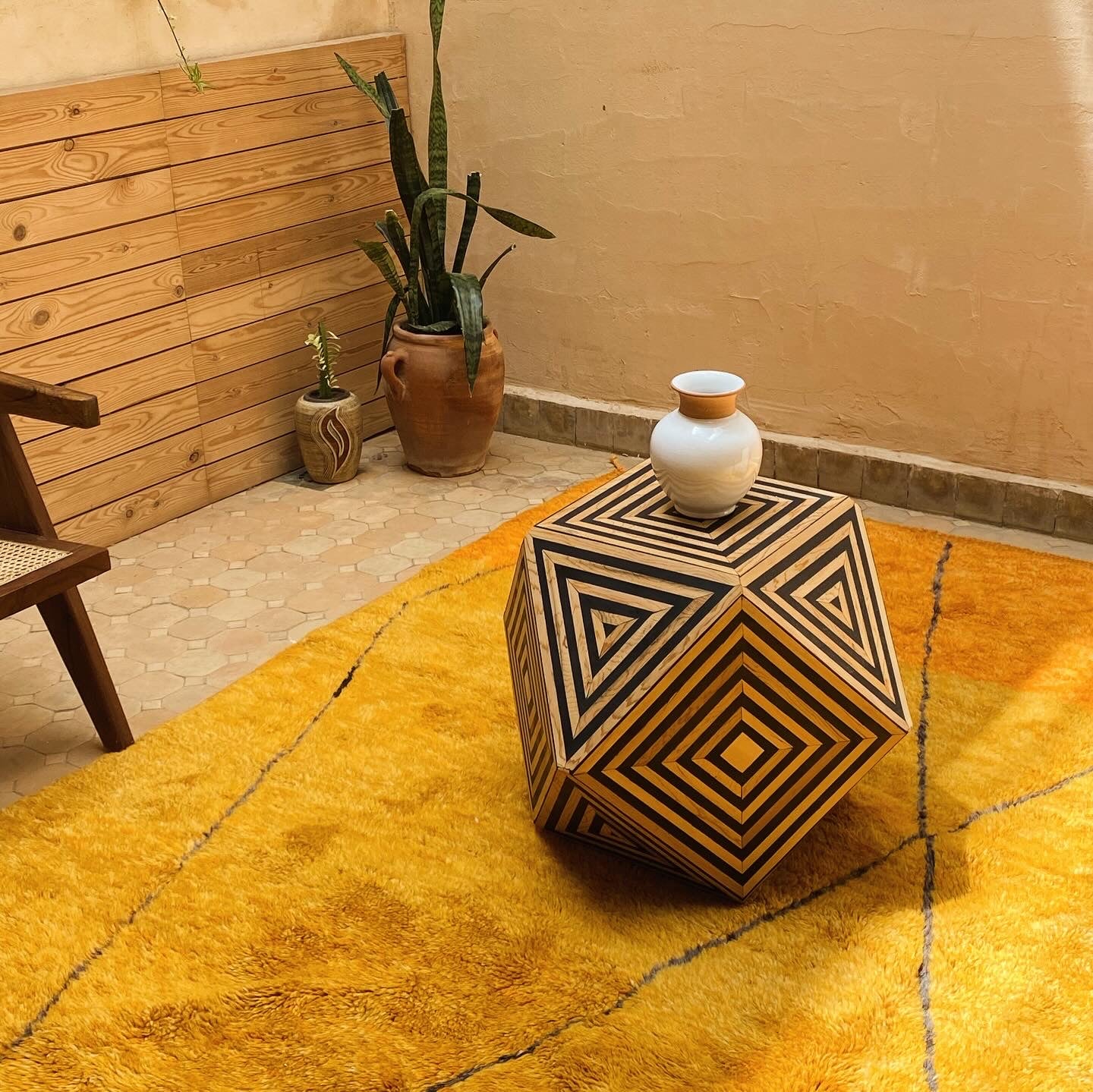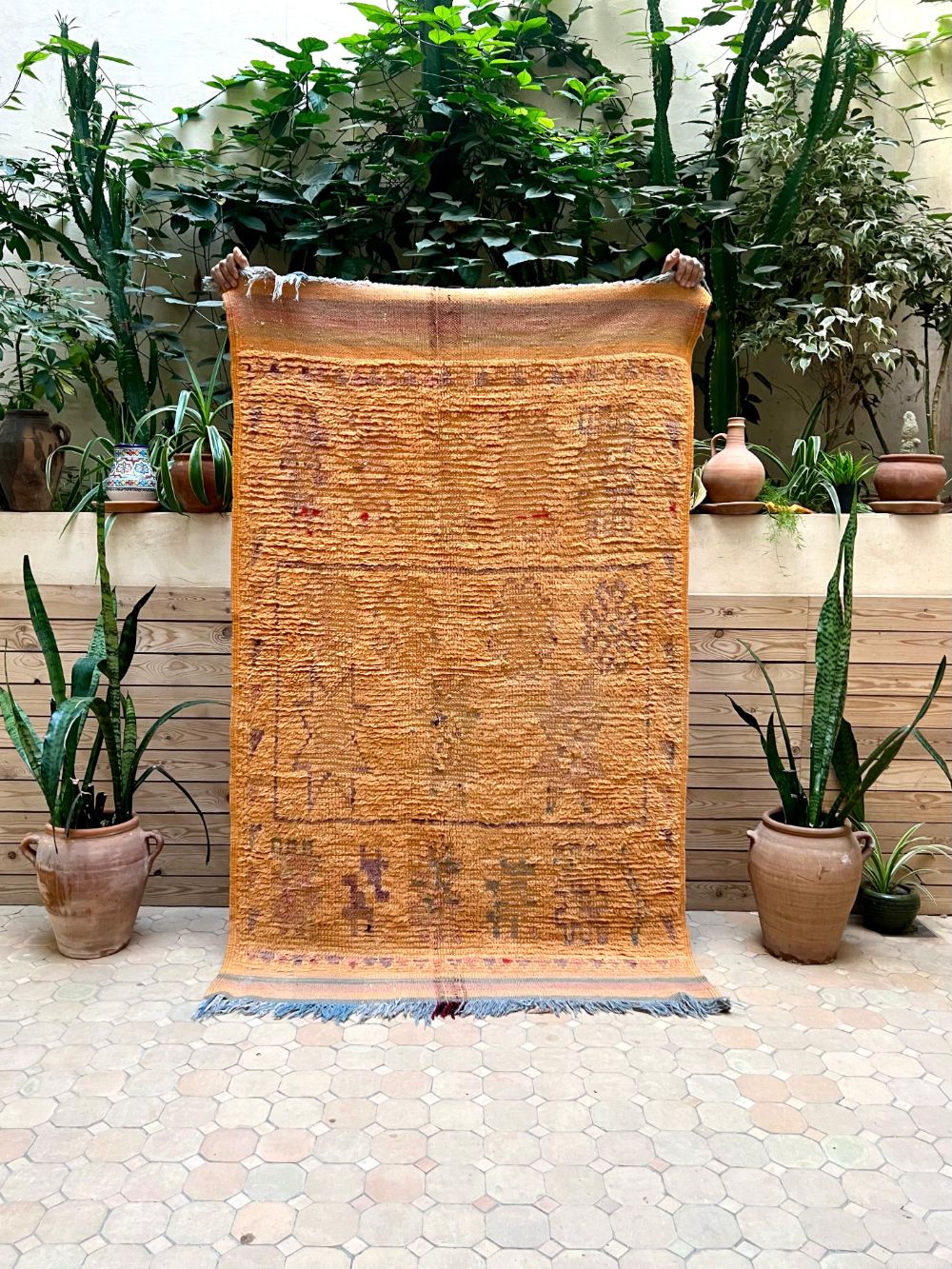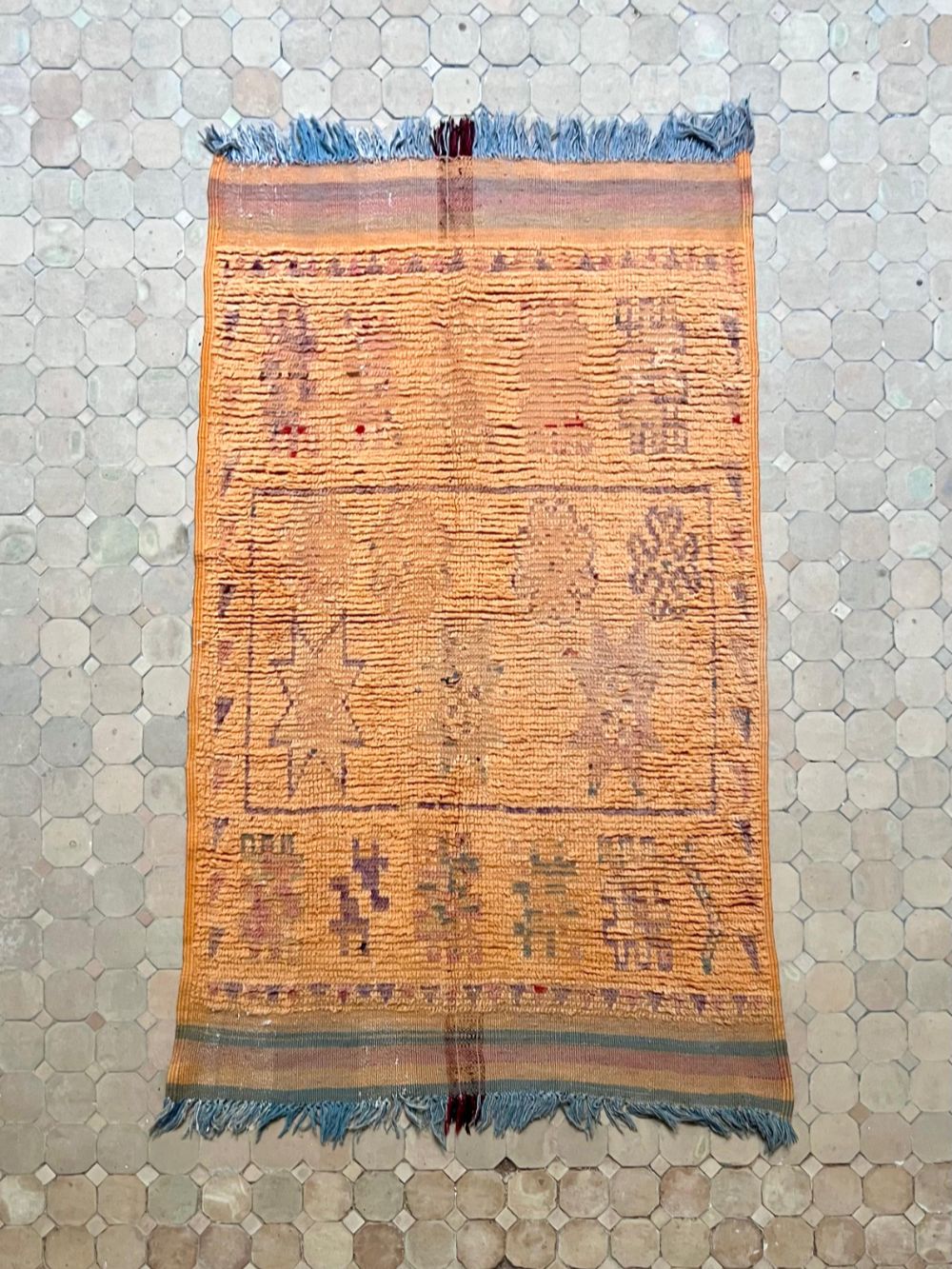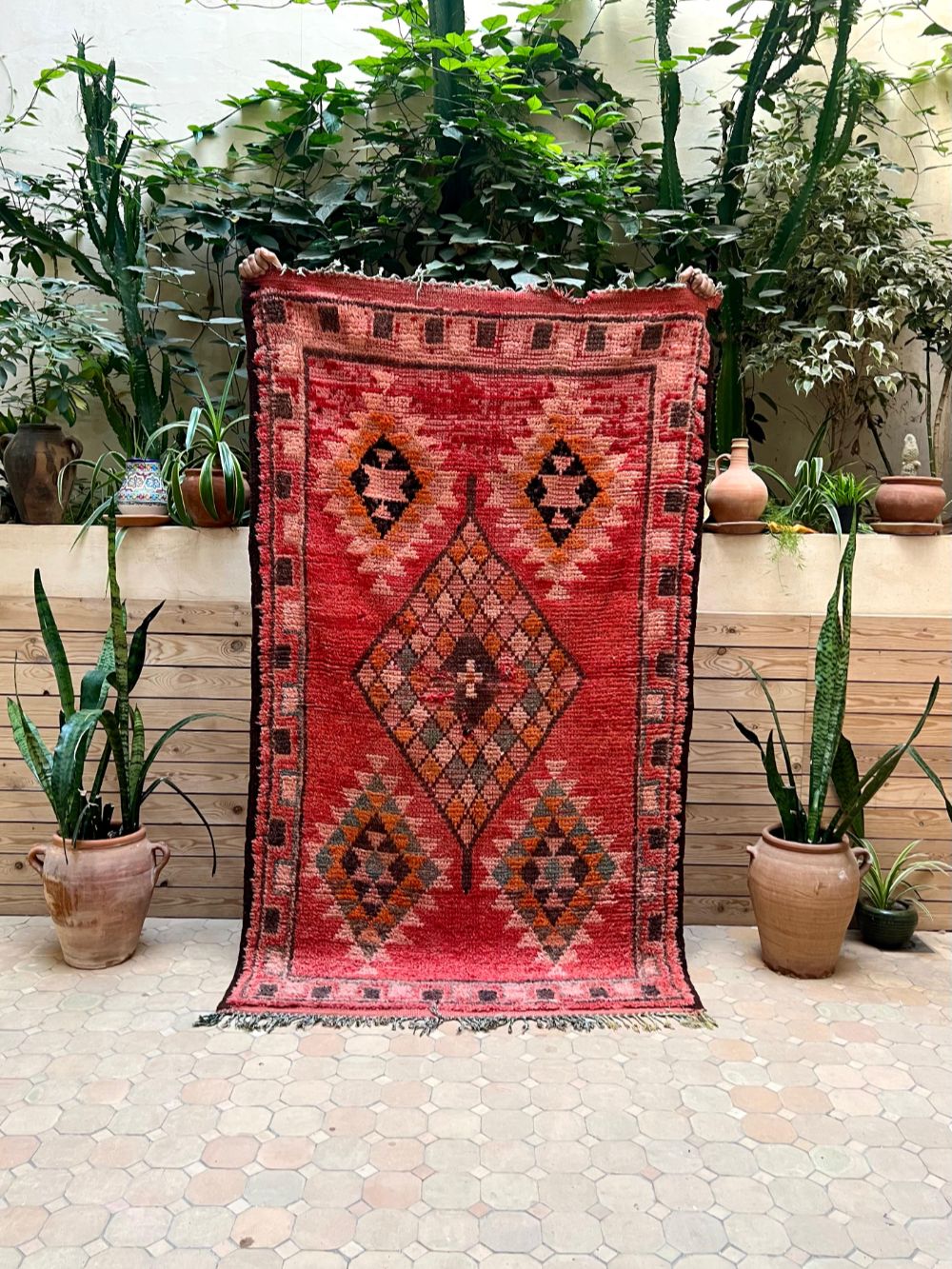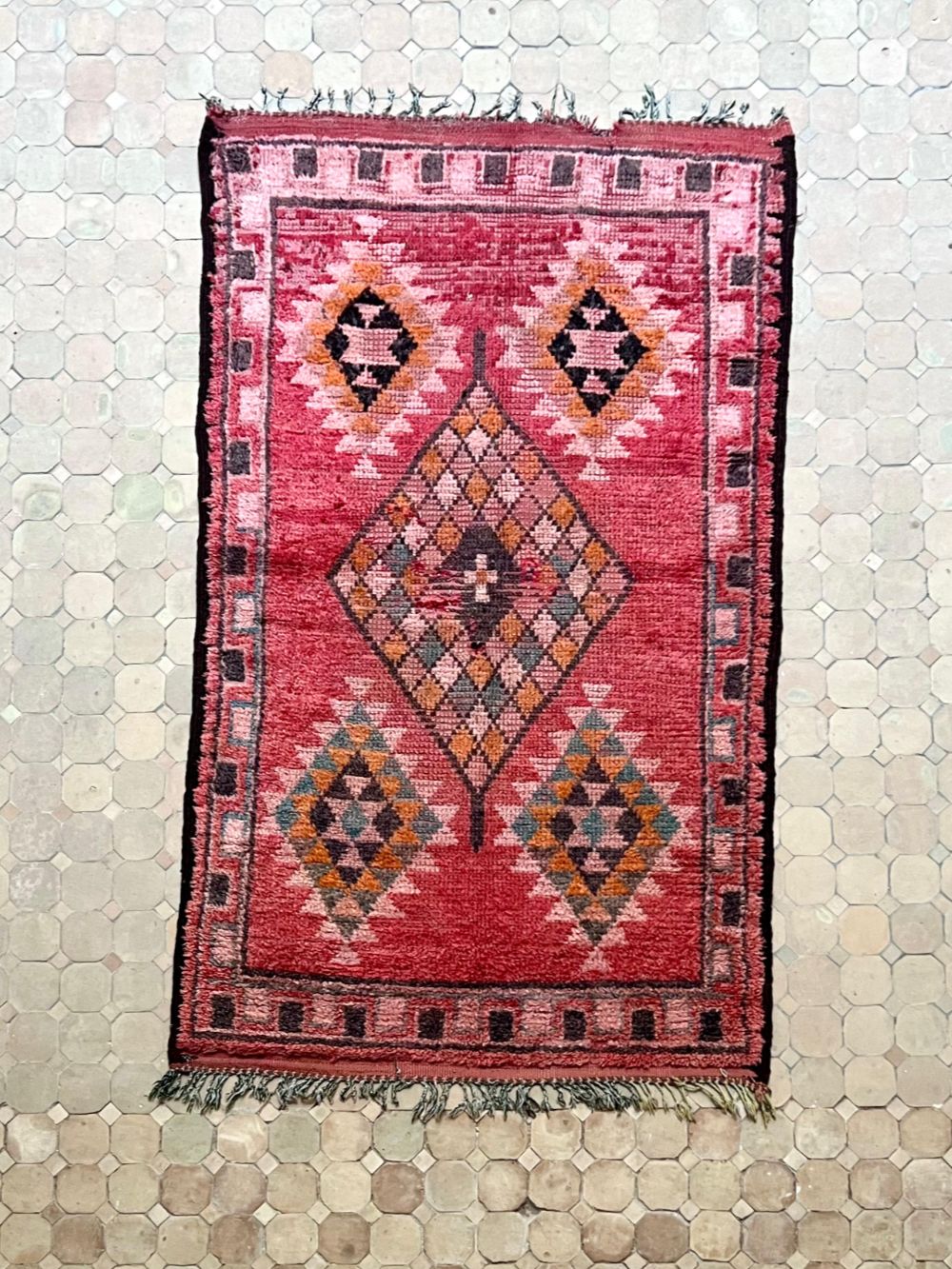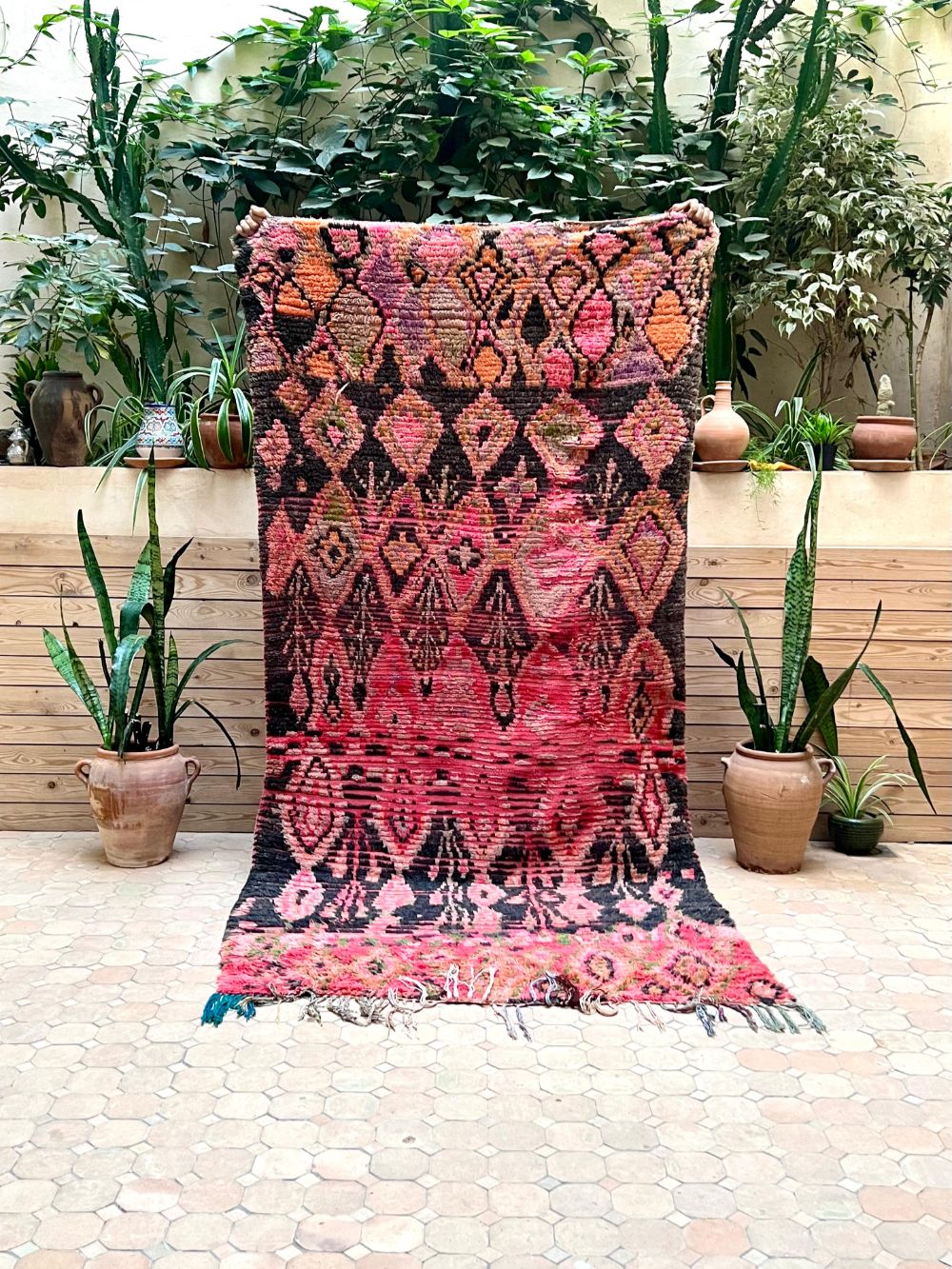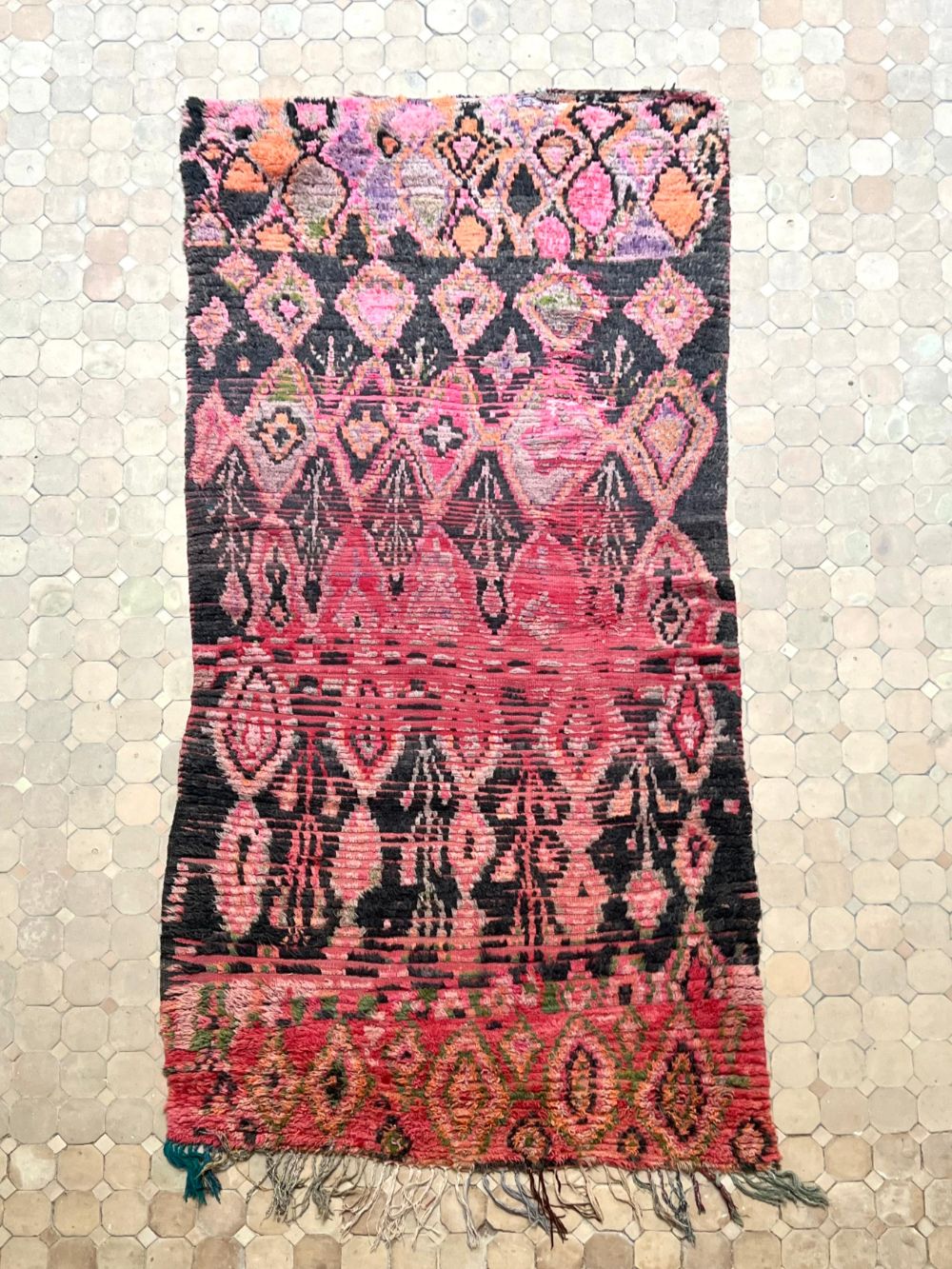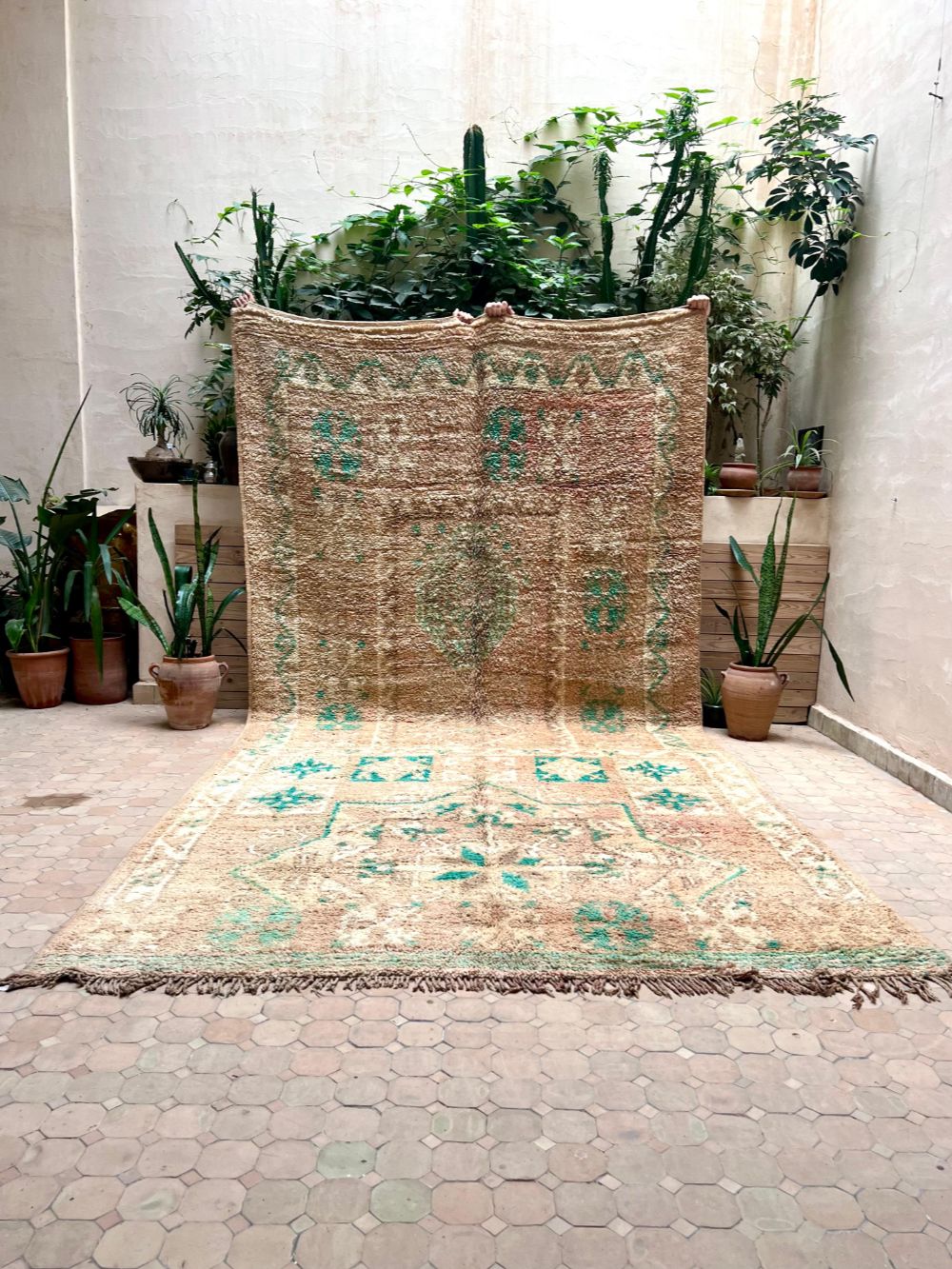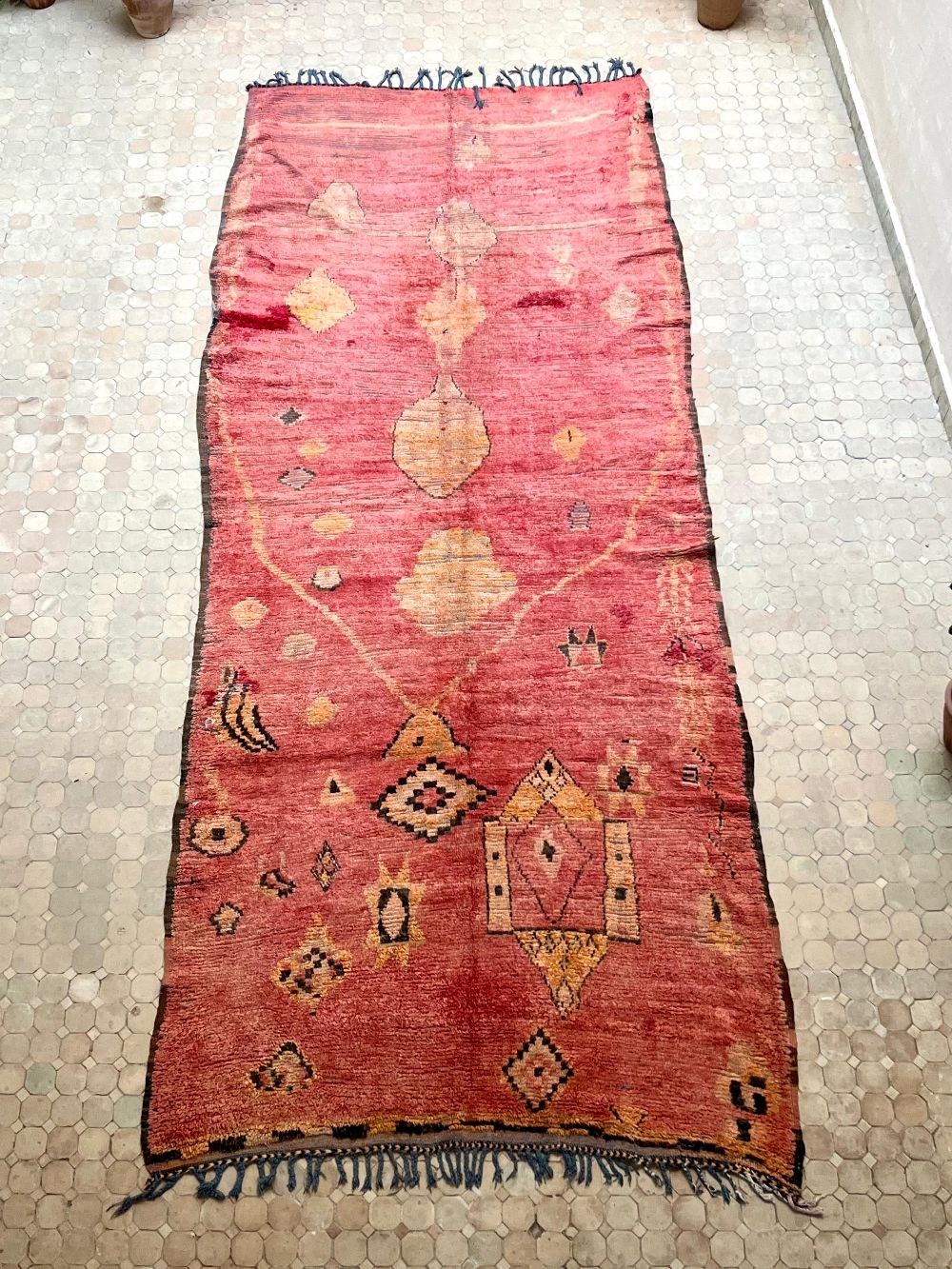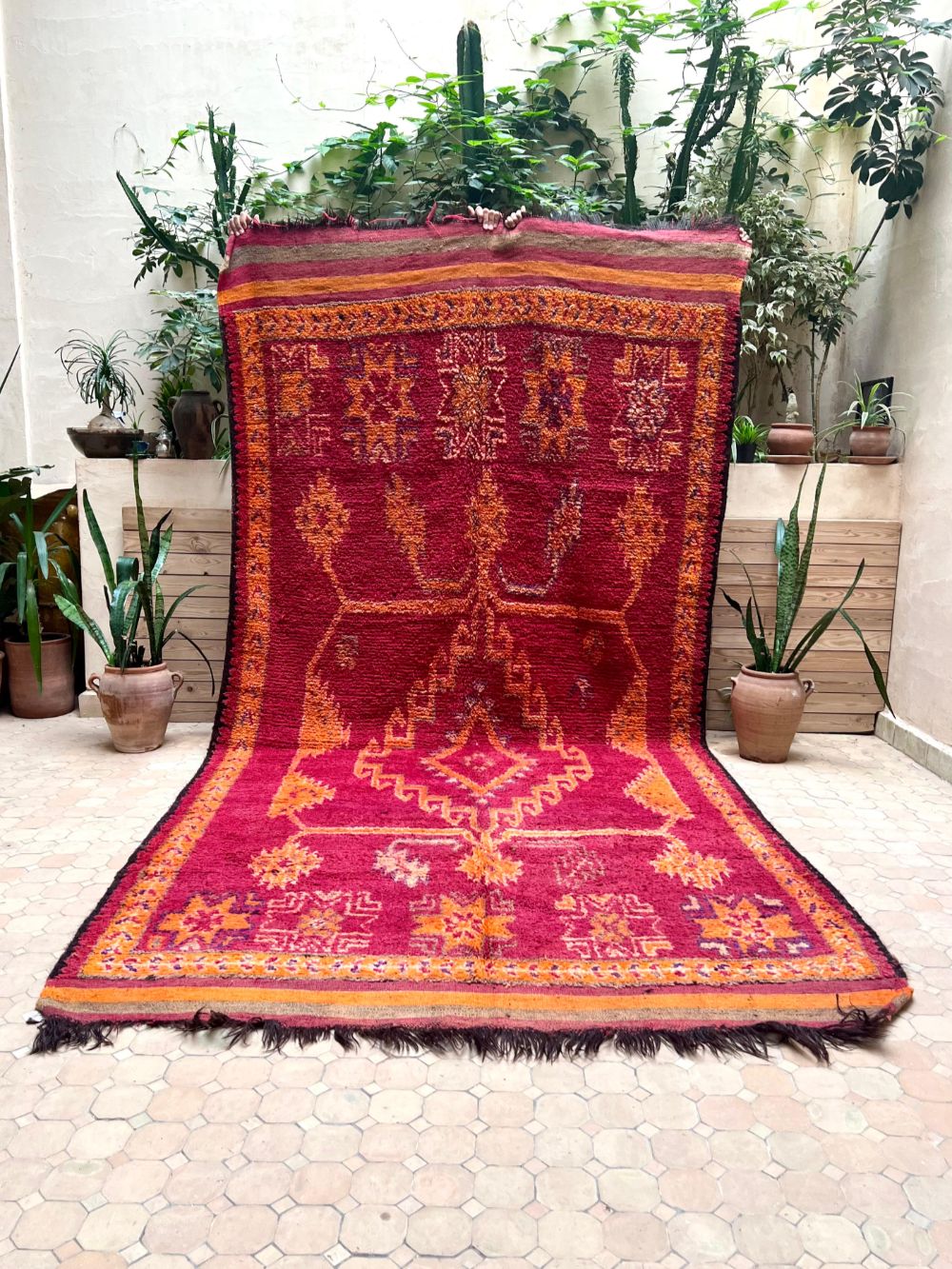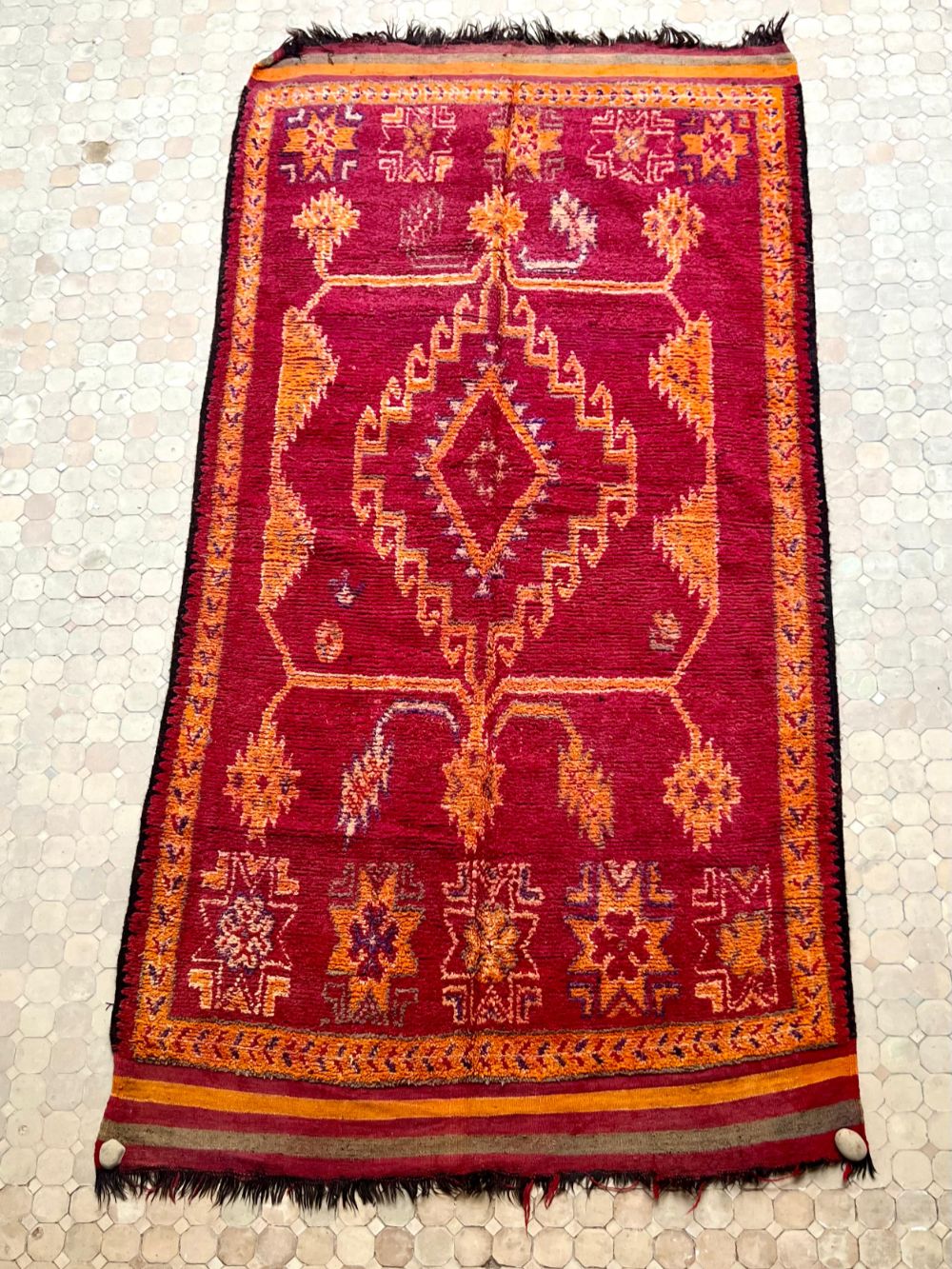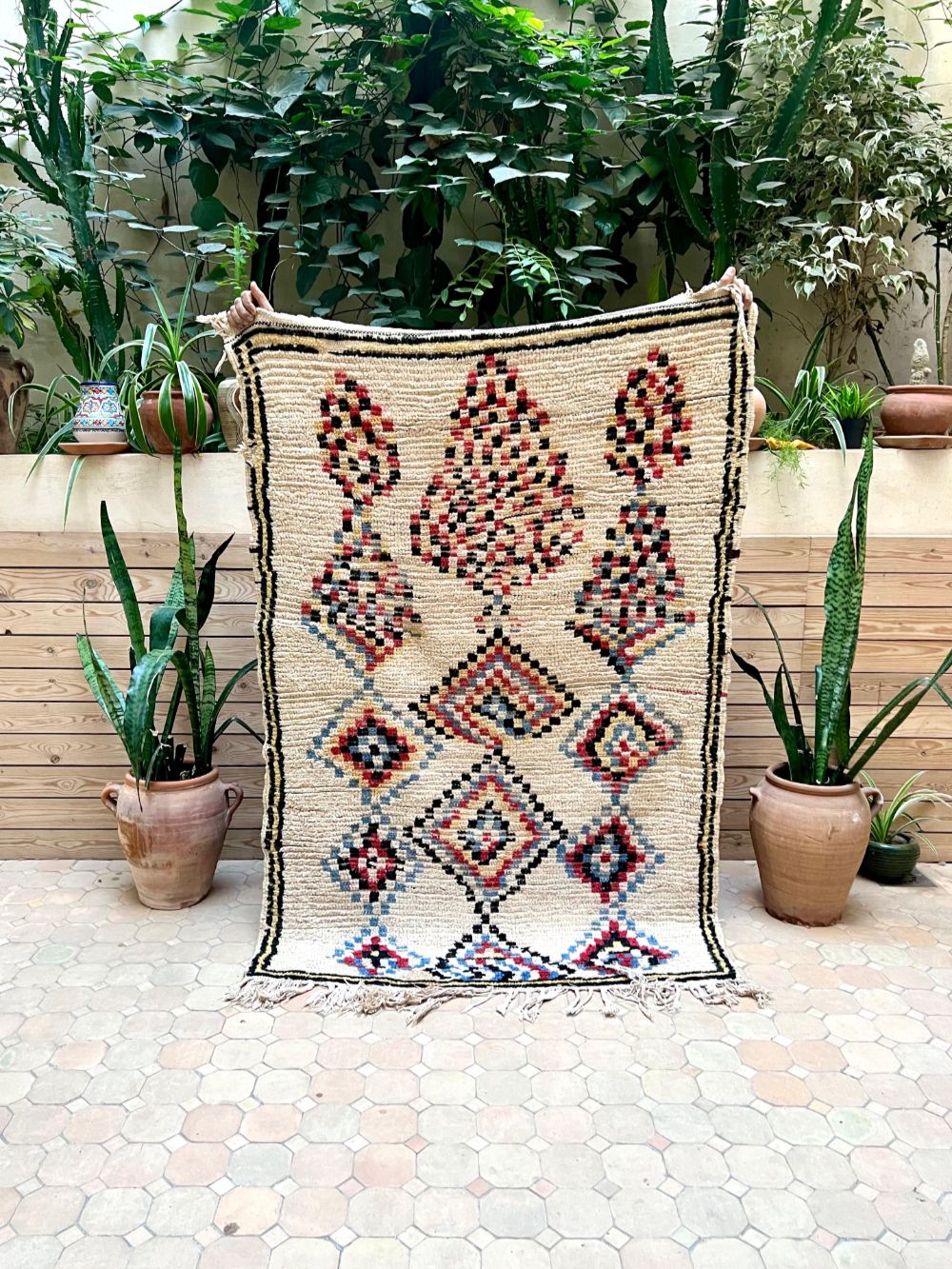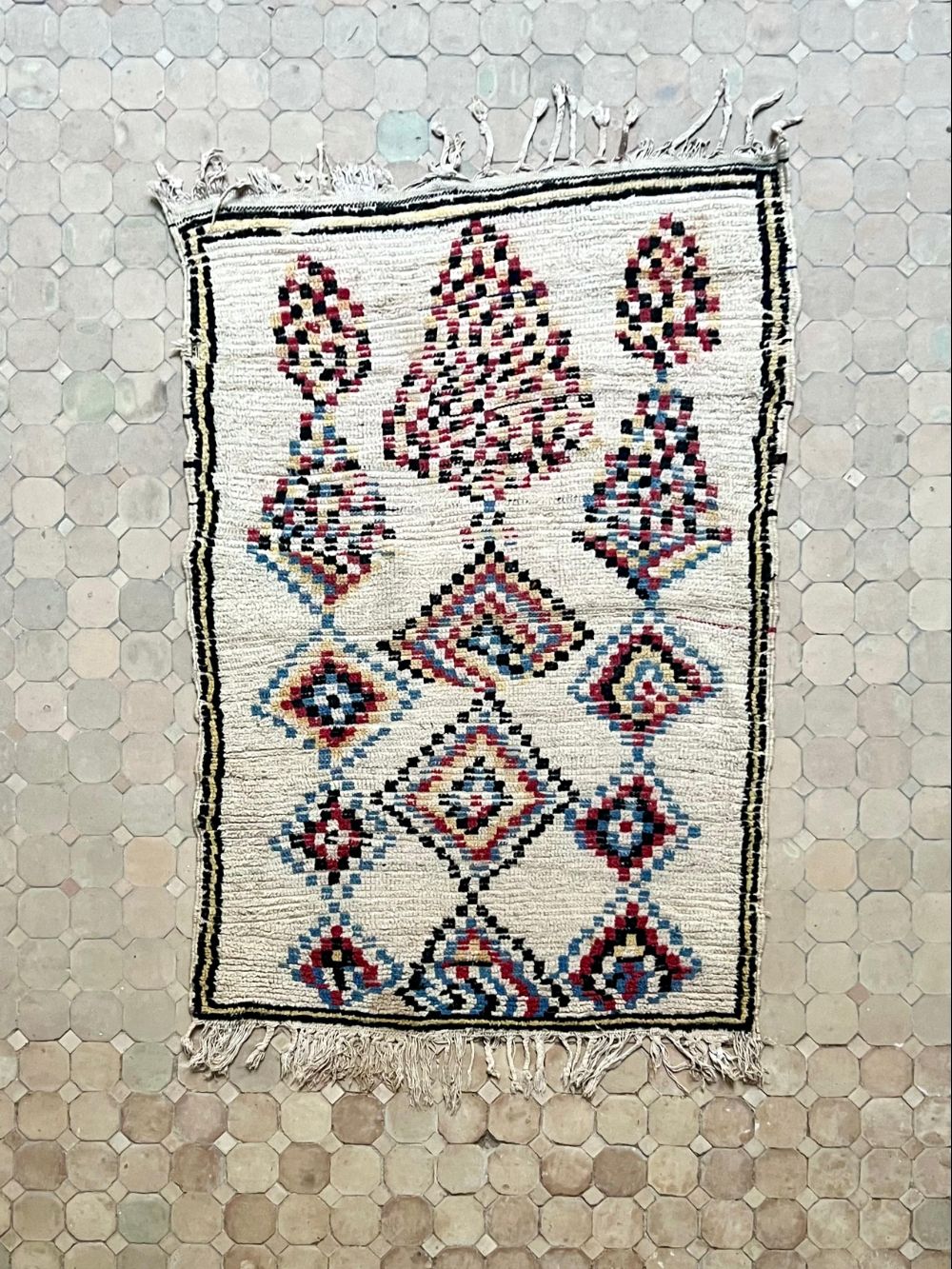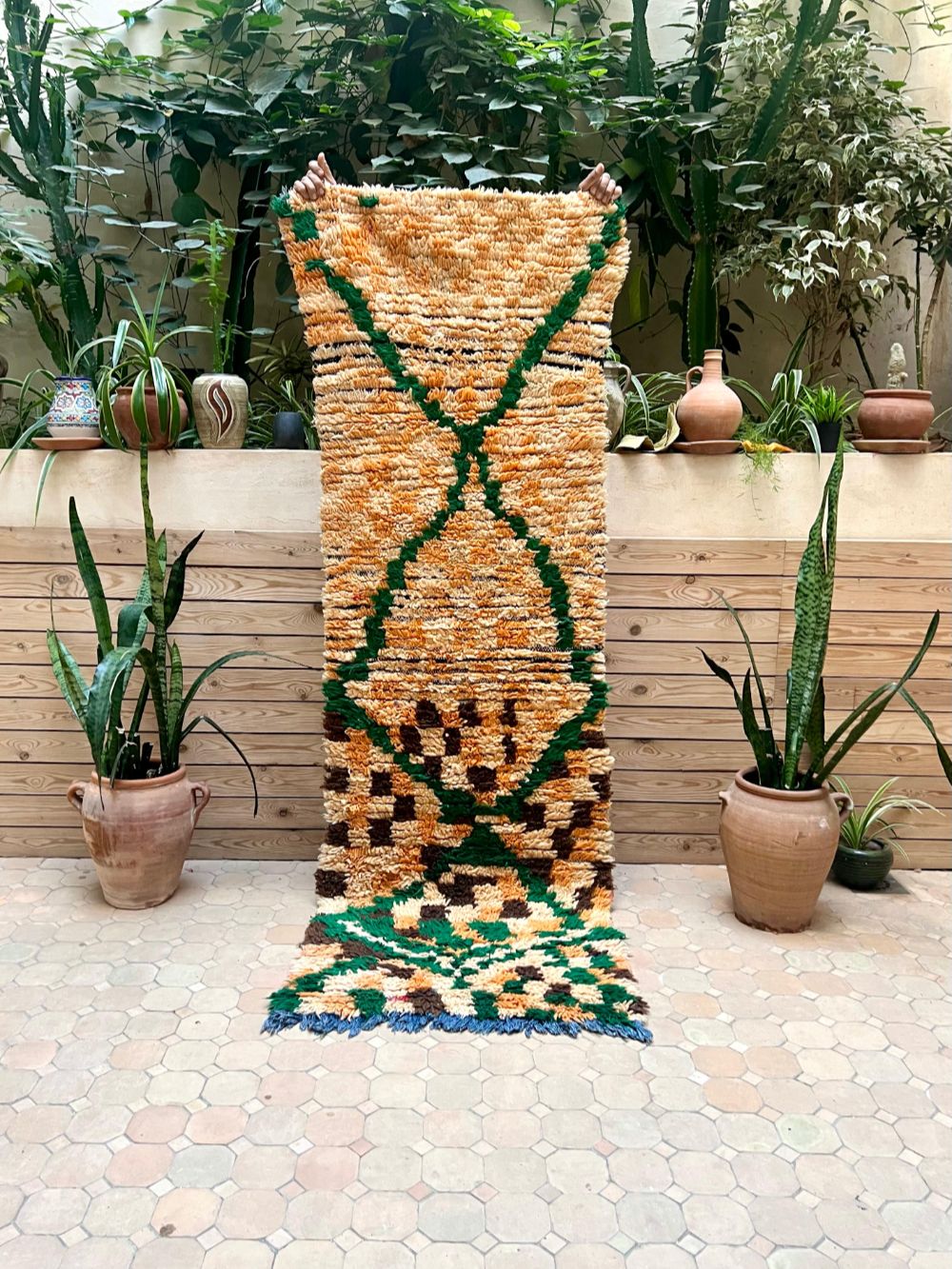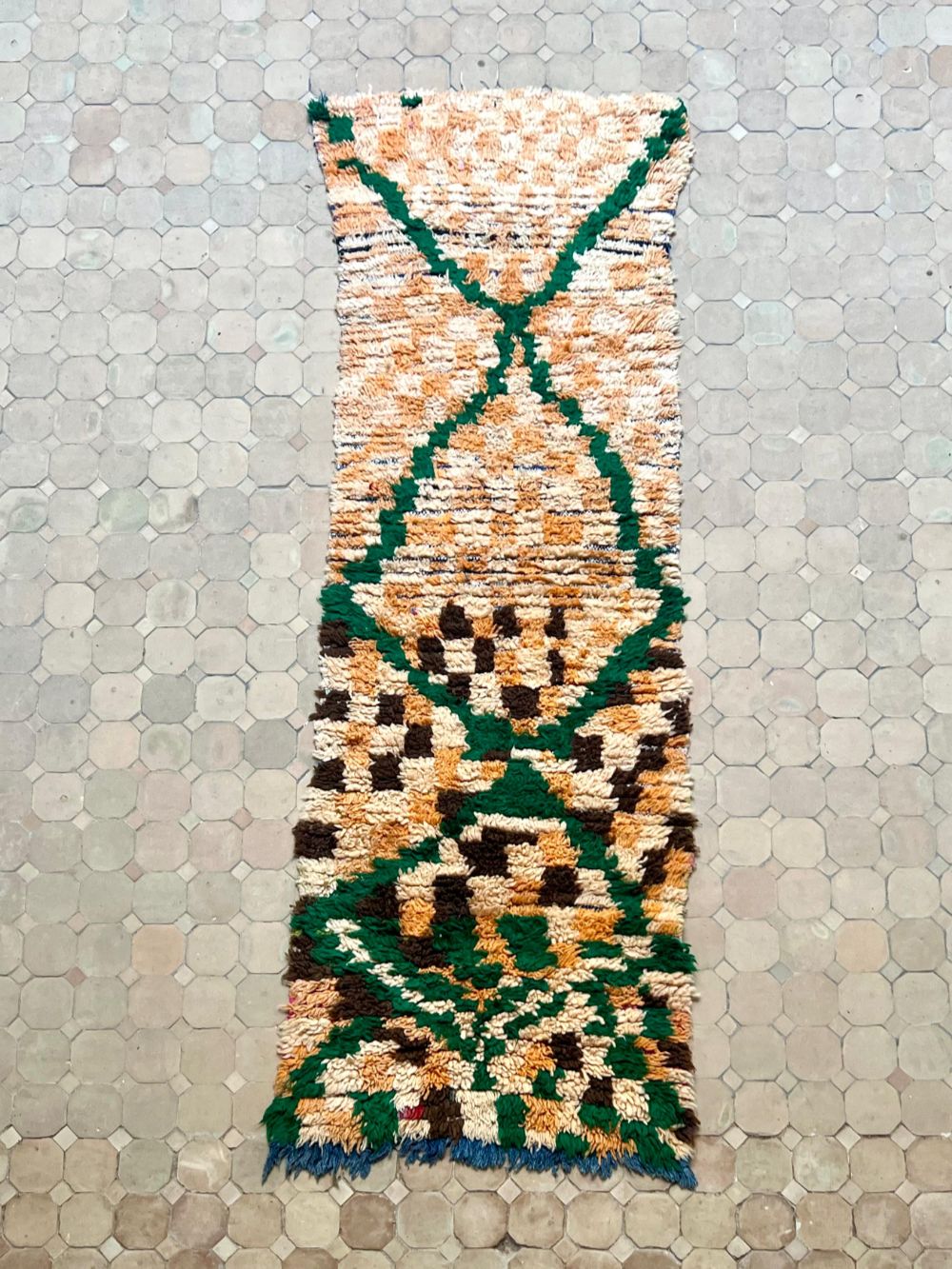Rugs and their weavers
The beauty of Amazigh art.
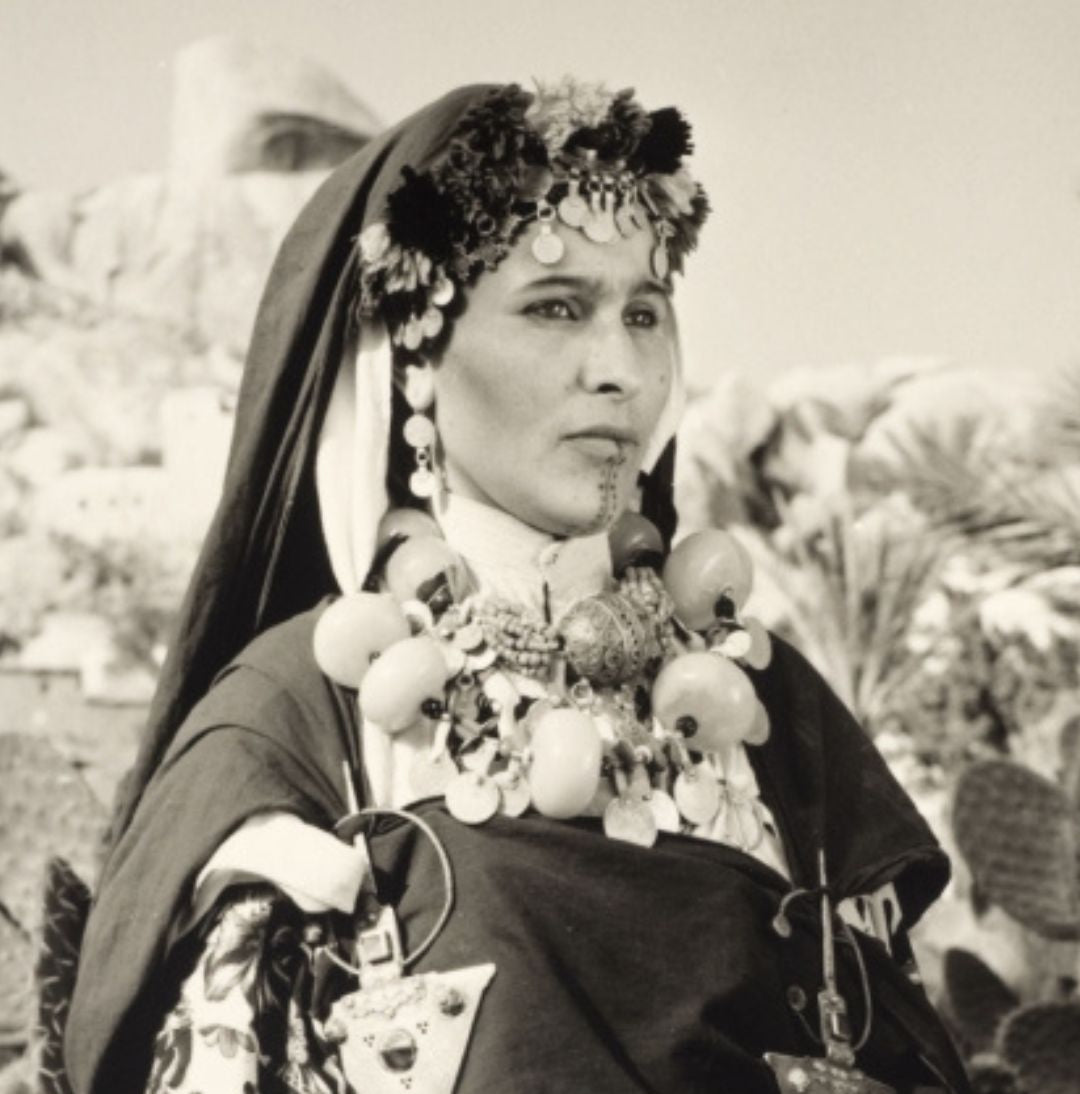
About rugs and their makers
Moroccan berber rugs were originally made to be worn and used as blankets in the rough Atlas mountain's climate. From the late 1930's architects like Alvar Aalto and Frank Lloyd Wright made especially Beni Ouarain tribe's rugs famous worldwide by setting them on the floor and therefore making them important pieces of the whole interior design.
The rugs are also much more. They are a way for self expression of their makers, the berber women. They have a meaning and they have the tradition: they speak through their symbols. They have a soul, a feeling you can grasp. They are art, and for me a really sincere and lovable form of art.
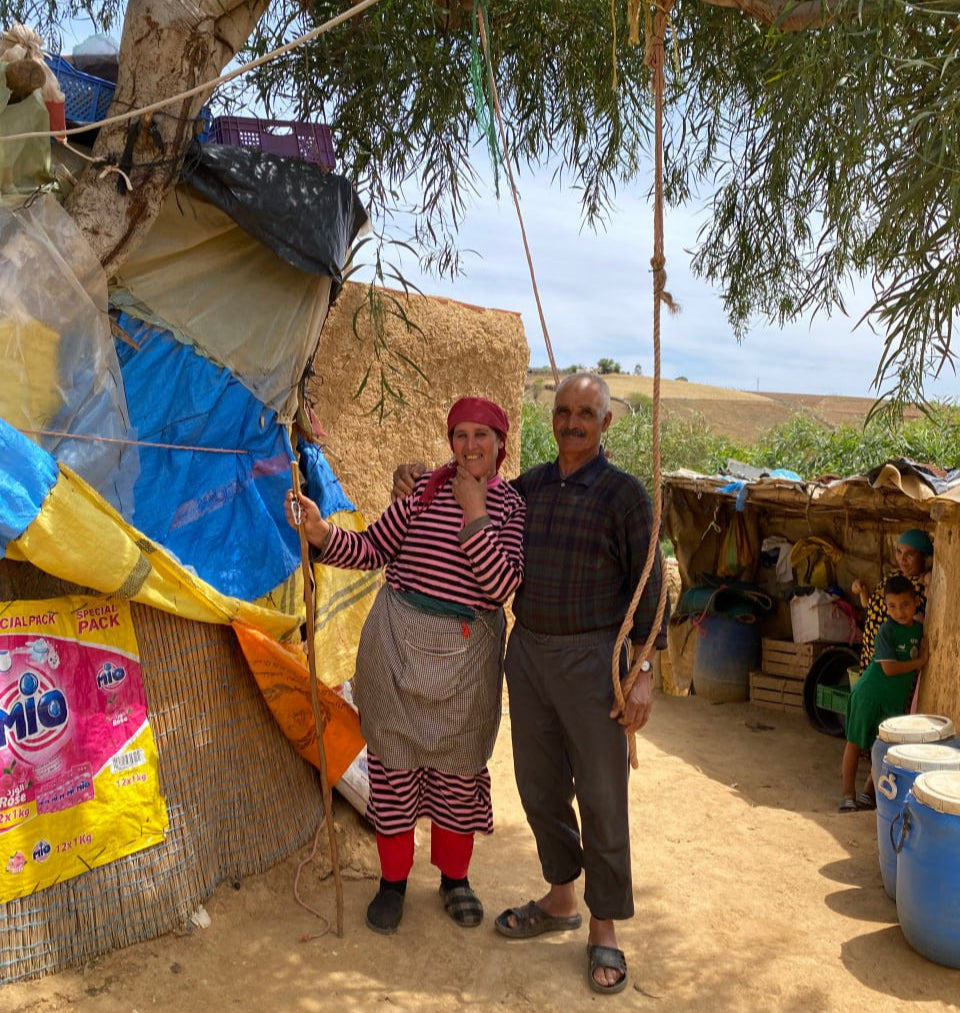
Who are the artists behind the rugs?
Berbers are the indigenous people of North Africa. The handmade rugs maintain their centuries old history in rug making. The rugs are still done in the same and similar mountain villages by local women. Of course these days the tradition is also commercial, when the old vintage rugs are only made for own purposes originally without influence from the outside world. These art pieces are a way of self-expression to local women and most of the symbols are the berber language and symbolism. The rugs are also a source of livelihood in rural areas: it makes it possible to live in the villages instead of cities. The knowhow is usually passed down from mother to daughter.
Vintage Rugs
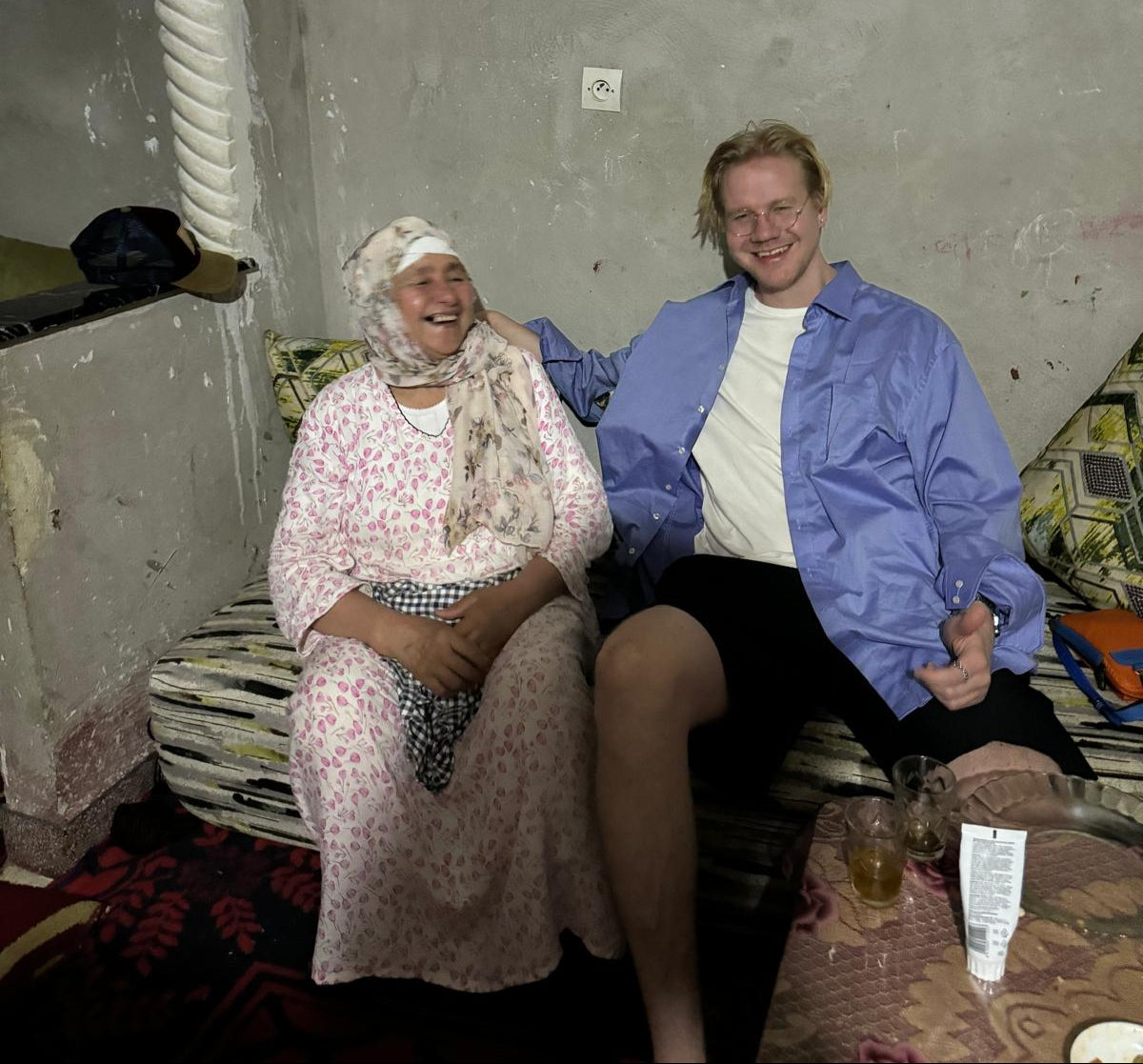
Ethicality
We have visited our rug maker women in several villages. The artisans get paid according to the square meters they weave. Even the salary is not high compared to Western world standards, they all have their own house and work is done according to own schedules. Market days, free days and religious holidays are respected. Women are strong characters and in self-determining position. Life is sociable; during our visits dozens of neighbors and relatives might visit during one evening. Women are thankful for their work since it makes life in rural original berber areas still possible.
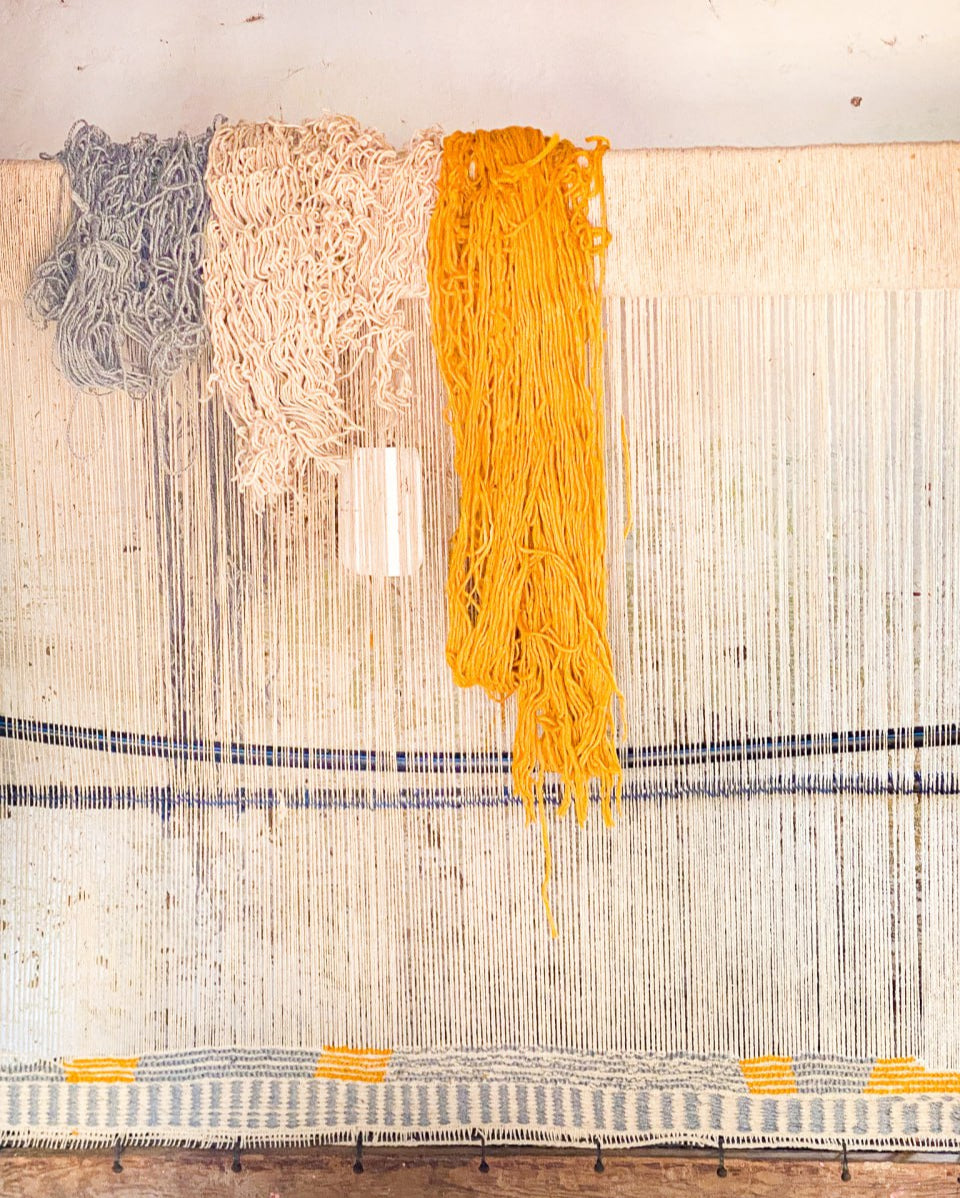
About materials
All of the rugs we sell are handmade. The wool of the vintage rugs is dyed with natural colors that are found in local plants, roots, herbs and mushrooms. The wool of the new rugs on the other hand is typically dyed in a factory. In most rugs the material is and has always been local sheep wool. Boucherouite rugs are made from recycled fabrics. Also cotton is used, especially in thinner kilim-style rugs.
